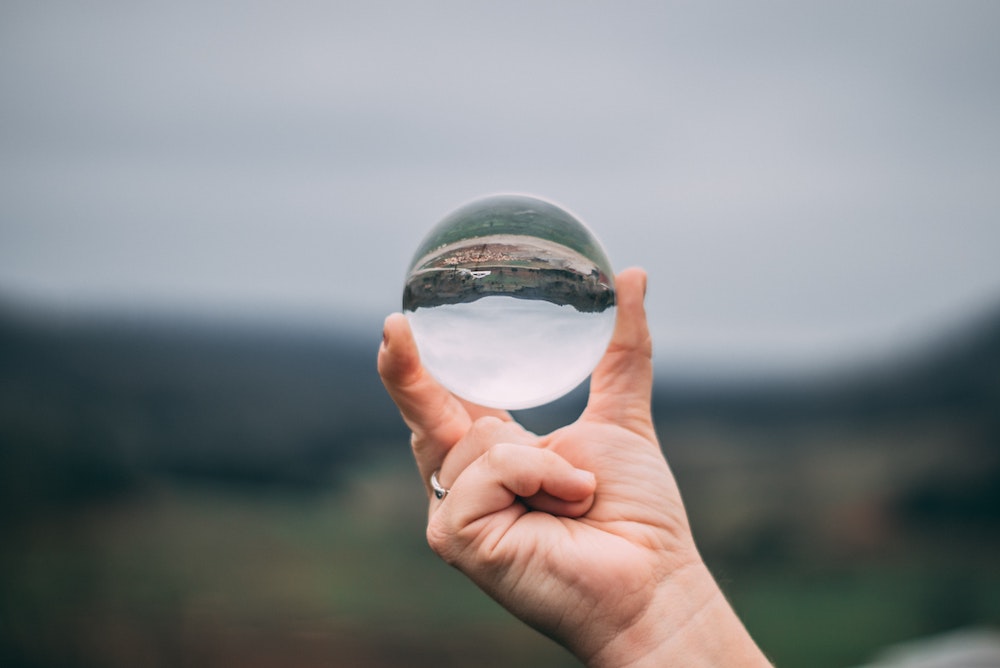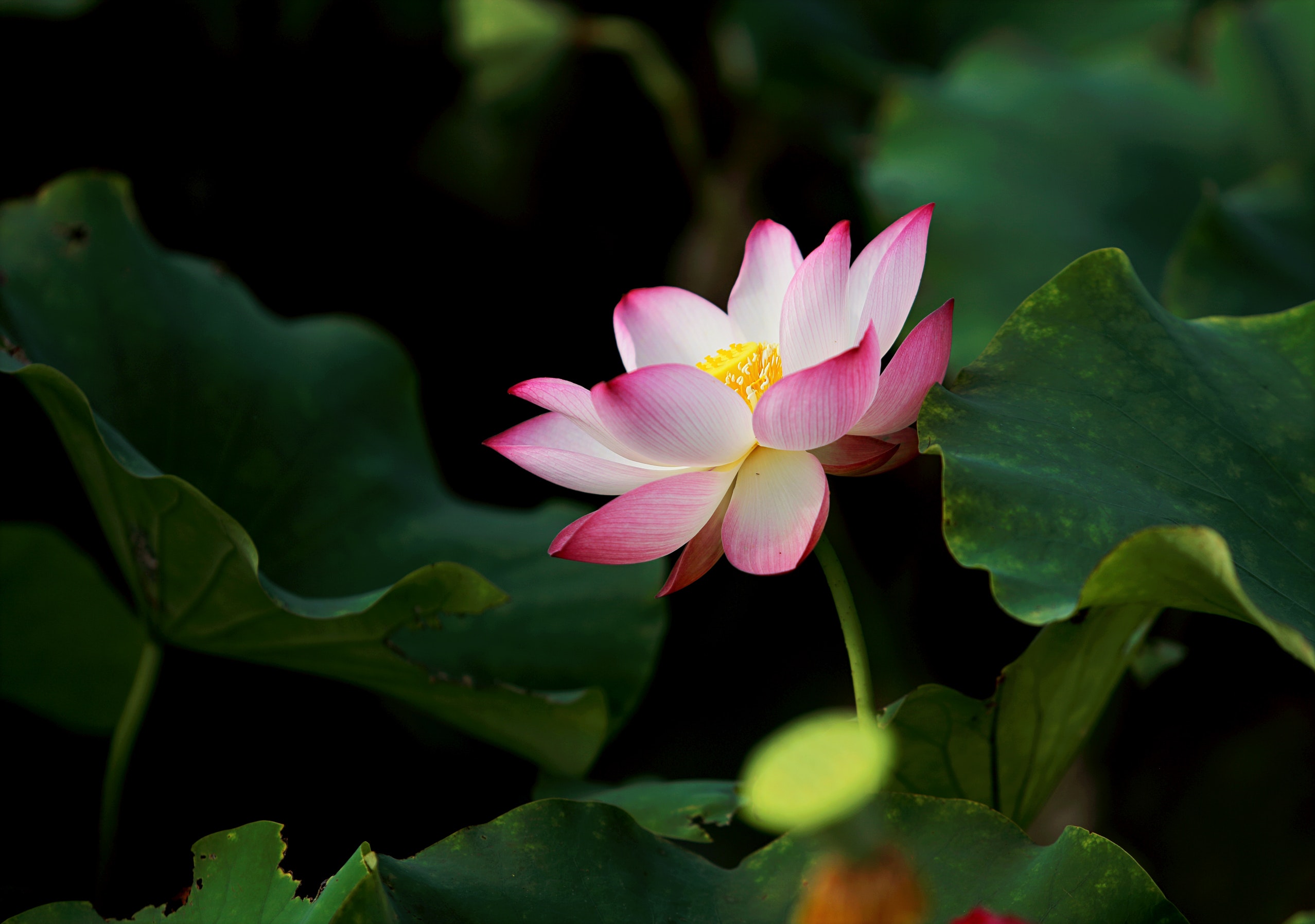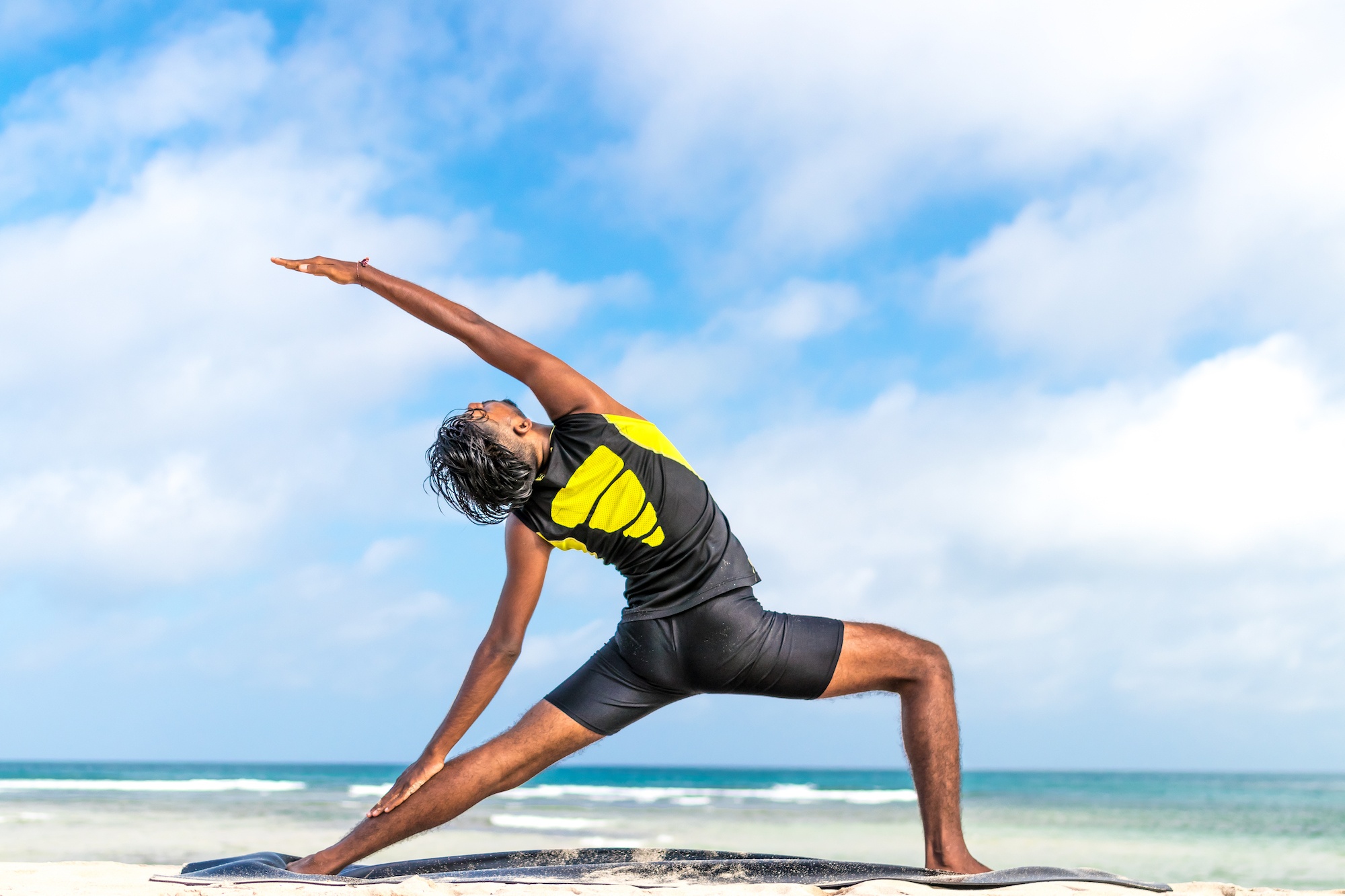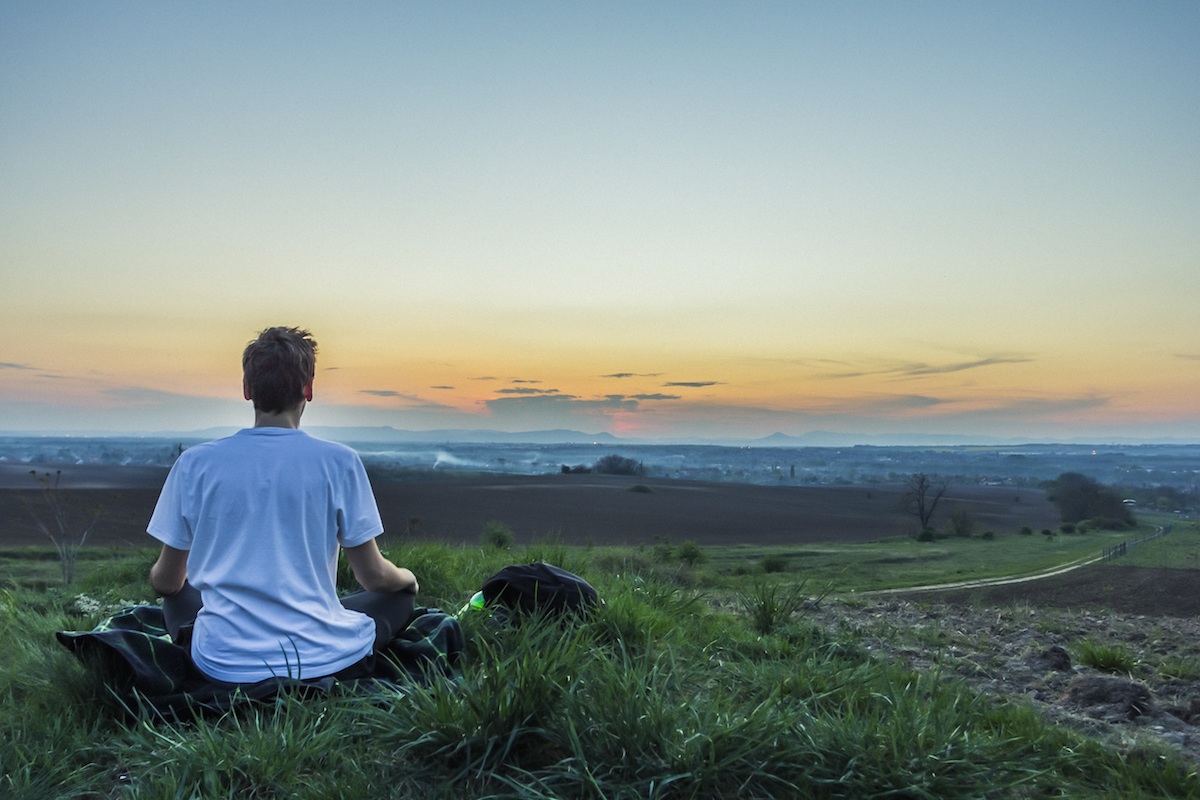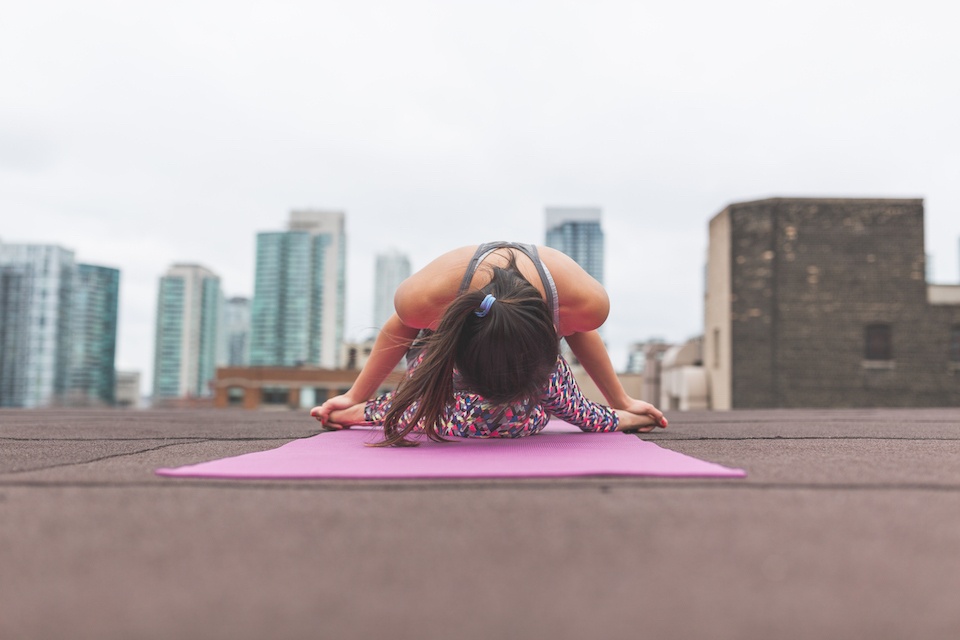The field of psychology has come quite a long way since the time of Sigmund Freud. And though a great deal has changed over time, some of his ideas about human psychology have proved timeless. Take, for example, his model of the human psyche, which consists of three components. First there’s the id, the most primal aspect of ourselves, which contains our most basic instincts. Then there’s the superego, which serves as a moral conscience and operates from a rigid set of constructs about how we should conduct ourselves. Finally, there’s the ego, the reality-based part of ourselves that mediates between the id and superego’s extremes.
While the id is all about fulfilling pleasures and satisfying impulses, the superego drives us toward becoming the most idealized version of ourselves. Our superego is like a strict and rigid parental figure living inside our consciousness; its job is to use morality, pressure, and guilt to get us as close to perfect as possible. And all the while, the ego toggles between the two, trying to create harmony and guide us through life.
I’ve always appreciated the framework Freud laid out; it gives us a way to understand the seemingly disparate parts of ourselves. I, for one, find it incredibly useful to remember that my occasional impulse to dive headfirst into a chocolate cake is not a reflection of who I am, but rather a function of the id that constitutes just one part of me. Similarly, I take great comfort in reminding myself that I don’t need to follow all the demands of my relentless superego. Just as it wouldn’t be socially acceptable (or even safe) to follow the id’s every whim, it also wouldn’t be prudent to put the superego squarely in charge.
See, the superego operates according to a strict set of rules and expectations—a binary set of rights and wrongs, if you will. It deals in extremes and sees things in black and white terms, as either completely good or completely bad. Some of its most commonly used words include should, shouldn’t, must, and can’t. It’s nearly impossible to please. And though it serves a worthy purpose—to maintain our moral nature and keep us working toward a perfected version of ourselves—it can keep us rigid, restricted, and mired in guilt if we aren’t careful.
If you’ve ever worked with me in therapy, you know I’m always on the lookout for the superego’s traps. I commonly catch my clients in superego-driven rigidity and invite them to be more reasonable with themselves. This is not only vital to the therapeutic process, creating valuable space for us to be more flexible and forgiving, it’s also essential to our general wellbeing. It’s unreasonable—and often downright harmful—for us to hold ourselves to an inflexible metric of right and wrong. For starters, there’s ultimately no such thing as right or wrong. Reality is a wholly subjective experience, and each of us defines it differently. We all judge reality, including the rightness and wrongness of things, according to our own personal standards. What for some is acceptable, others find reprehensible.
The superego’s idea that there’s a perfect way to do things is simply unrealistic. More than that, it’s damaging. It sets us up to judge ourselves according to impossible standards and always feel like we’re falling short.
We spend our lives letting our superegos tell us what we should and shouldn’t do; we constantly make ourselves (and others, no doubt) right or wrong about everything. This takes a heavy toll on us. It keeps us from having a clear sense of what we want, since it’s hard to hear the voice of our true selves over the din of the superego’s demands. It prevents us from recognizing how free we are. With the guidance of the thoughtful, integrating ego, we can determine new standards for our behavior. We can think openly and flexibly about how we want to show up in the world, and give ourselves permission to be imperfect.
You can create a lot of powerful change in your life by developing a new relationship with your superego. Whenever you notice it dictating what you should think, say, or do, pause and take a moment to consider other possibilities. For example, if you’re facing a choice between two things, don’t let your superego decide which is right and which is wrong. Instead, explore other standards, and ask yourself different questions. Will what you choose be helpful or unhelpful? Will it have you in or out of alignment with your highest self? Will it be productive or unproductive? Will it promote freedom or constraint for you and the people around you? Instead of letting your superego dictate what you should or shouldn’t do, ask yourself other, more useful questions. How will doing it make you feel? How will it affect the people around you? Will it move you closer or further away from the life you most desire?
The more mindful and intentional we are, the more harmony we can create among the various parts of ourselves. We can learn from our instincts and be informed by our internalized rules, without being enslaved by either. We can flow more easily through our lives, trusting ourselves to make decisions that move us toward our highest potential. And, in maintaining this sense of internal harmony and self-awareness, we can let ourselves live both responsibly and freely, with a clear mind and an open heart.

